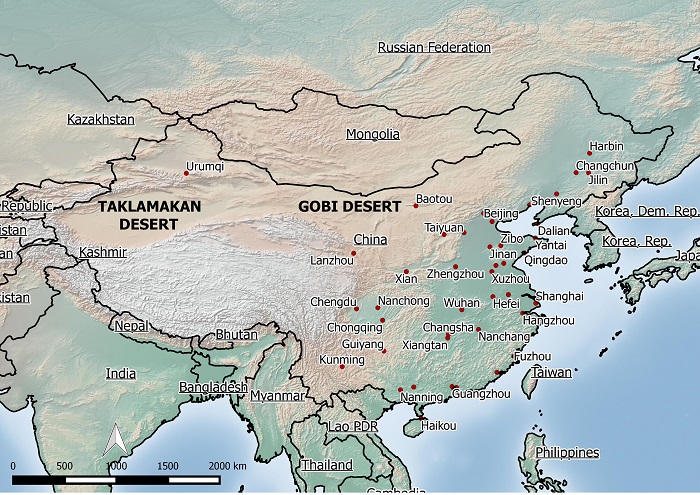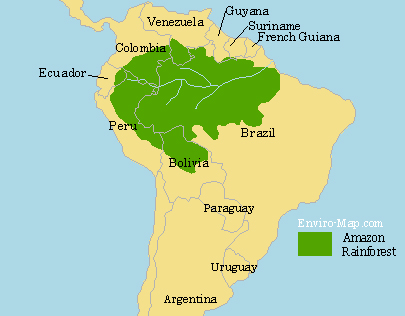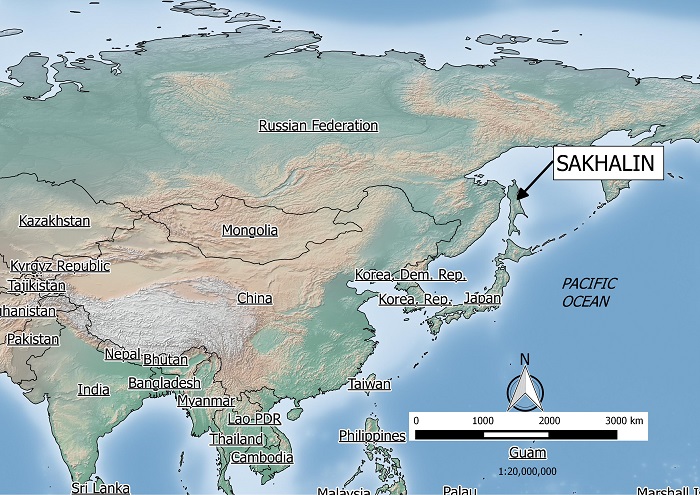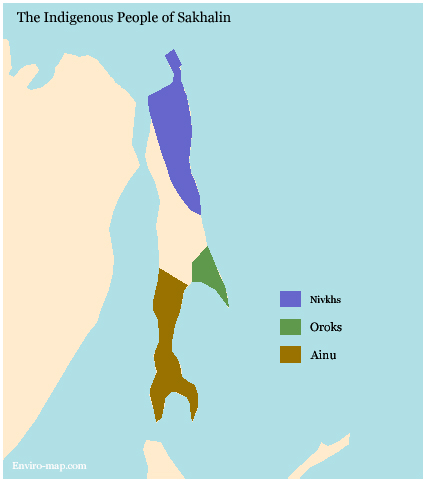Map of China’s Desert

China’s desert area is increasing at an alarming rate. The Gobi desert has increased in size by 25,000 square miles since 1994 and it’s sands have encroached as far as 100 miles from Beijing, the host city of the 2008 Olympic games.
The dust from the desert contributes to poor visibility and health problems such as respiratory and skin disorders. Moreover the desertification reduces the amount of arable land and therefore affects China’s ability to produce grains to feed its population. Official reports say that about 4000 villages across China have been swallowed up by the encroaching desert and it has affected more than 200 million people.
Not only has the sands affected Chinese people but the sands are blown to nearby countries like Korea and Japan and even as far as the West coast of North America. The main causes of the desertification are a persistent drought, overgrazing, indiscriminate use of ground water and rampant logging. The government has been trying hard to fight the desertification by planting trees around the desert’s periphery, hoping to contain its expansion.
Reference:
http://www.inthesetimes.com/article/2849/
Made with Natural Earth. Free vector and raster map data @ naturalearthdata.com.



